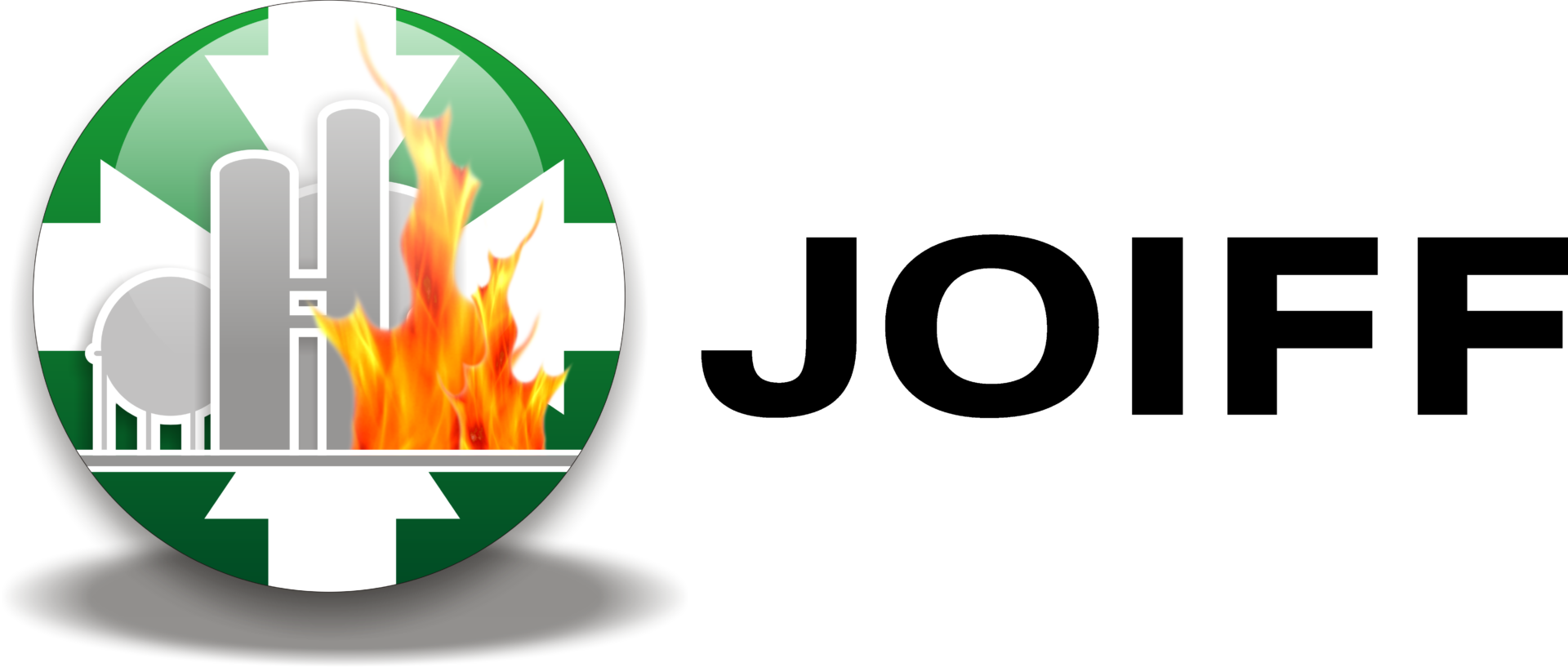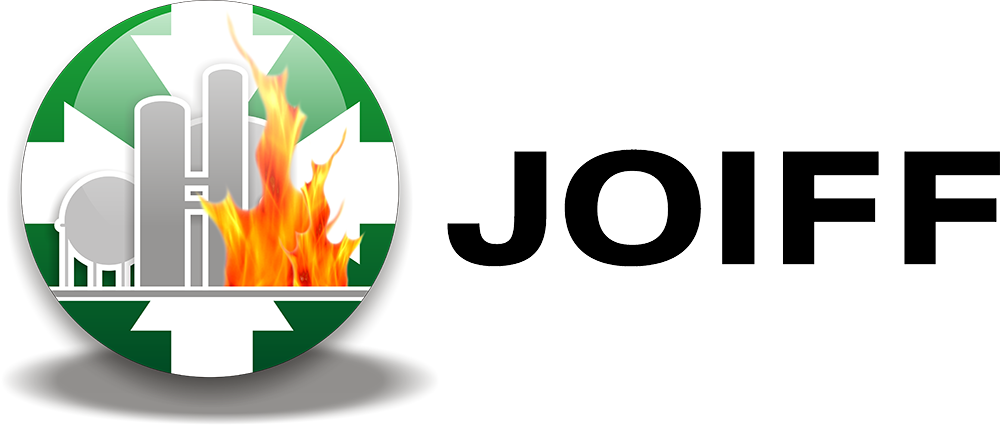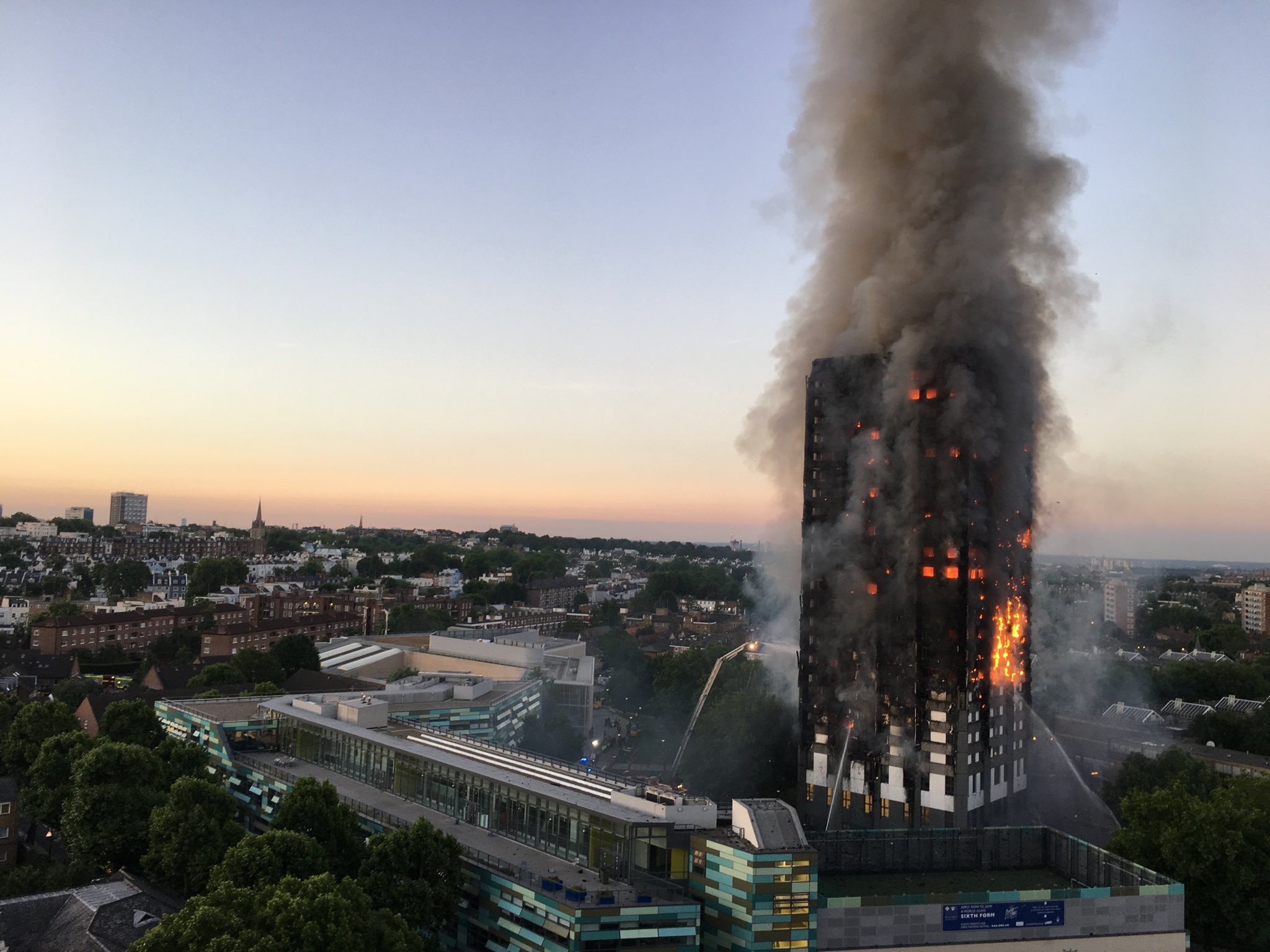Grenfell Report: Major Findings from the Investigation
The final report from the Grenfell Inquiry highlights how a series of failings within both the government and the private sector turned Grenfell Tower into a deadly hazard.
In 2017, a fire at the tower claimed 72 lives, with previous investigations identifying the building’s cladding as the primary cause for the fire’s rapid spread.
On Wednesday, the culmination of the six-year public inquiry, a 1,700-page document, was released, detailing the events leading to the disaster.
Here are the key takeaways from the report.
Government Ignored Warnings Decades Before the Fire
According to Sir Martin Moore-Bick, a former High Court judge who led the inquiry, concerns about cladding were raised as far back as 1992, after a fire broke out at the Knowsley Heights tower in Merseyside.
Another blaze occurred in 1999 at Garnock Court in North Ayrshire, after which a group of MPs reiterated these concerns.
Despite this, the flammable cladding was not banned, as it had already been deemed compliant with British safety regulations.
Cladding Proven Dangerous in Early Fire Tests
Tests conducted in 2001 demonstrated that the type of cladding in question “burned violently.” However, this critical information remained confidential, and no regulatory changes were made.
In 2009, six people lost their lives in a fire at Lakanal House in South London. While the coroner urged a review of building regulations, the inquiry found that the matter was not addressed with urgency.
2010 Coalition Government Failed to Address Risks
When the coalition government under David Cameron came into power in 2010, its focus on deregulation, framed as the elimination of “red tape,” led to the neglect of safety concerns.
The inquiry found that this mindset dominated government thinking to the extent that life-threatening risks were either delayed or disregarded.
Responsibility for fire safety was left to a relatively junior official, and the relevant department was deemed to be inefficient.
Privatisation of Key Organisation Worsened the Situation
The Building Research Establishment (BRE), a key advisory body for construction standards, was privatised in 1997. The inquiry found that this left the BRE vulnerable to manipulation by unethical manufacturers.
Manufacturers Covered Up Dangers
The inquiry uncovered widespread dishonesty from companies involved in producing and selling cladding materials.
Arconic, a cladding manufacturer, was found to have “intentionally concealed” the full extent of the cladding’s risks. Fire tests commissioned by Arconic revealed poor performance, but this information was withheld from the British Board of Agrément (BBA), a certification body.
As a result, the BBA made inaccurate claims about the safety of the product.
Two companies were responsible for manufacturing the insulation behind the cladding panels. Celotex was found to have made “false and misleading statements” about the suitability of its insulation, while Kingspan, which contributed 5% of the insulation, misled the market by withholding information about its product’s limitations.
Housing Authorities Displayed ‘Indifference’
The inquiry found that contractors, along with the company managing Grenfell Tower on behalf of the Royal Borough of Kensington and Chelsea—the Tenant Management Organisation (TMO)—mishandled the tower’s renovation.
A breakdown in communication and trust between the TMO and residents led to a “serious failure” in fulfilling responsibilities.
The TMO demonstrated a “consistent indifference” to fire safety concerns and the needs of vulnerable residents. For instance, it failed to order appropriate fire doors during the building’s refit, a key safety feature that could have improved residents’ chances of survival.
Confusion Over Responsibility
The inquiry revealed that during the renovation, no clear accountability for fire safety was established, leading to what it described as an “unseemly merry-go-round of buck-passing.”
The report criticized several companies involved in the refit, including Studio E, the architect, Rydon, the principal contractor, and Harley Facades, which installed the cladding.
These firms, the inquiry said, had a lax approach to their contractual duties, either misunderstanding or ignoring their responsibilities.
Studio E was found to bear “significant responsibility” for not recognizing the combustible nature of the cladding, while Harley Facades showed little concern for fire safety. Rydon, meanwhile, failed to clarify the responsibilities of various contractors and did not prioritize fire safety.
London Fire Brigade Was Unprepared
Despite being aware of the challenges posed by high-rise fires following the Lakanal House incident, the London Fire Brigade (LFB) had not adequately prepared its personnel for such events.
The inquiry found that senior fire officials were complacent and failed to share vital information about cladding fires or train their staff on how to respond to them. This led to a lack of preparedness in dealing with the many 999 emergency calls from residents trapped during the Grenfell fire.
A Long History of Failures Led to the Disaster
The inquiry ultimately concluded that the tragedy resulted from “decades of failure” in building safety management across England and Wales. It recommended the creation of a single regulatory body accountable to a government minister to ensure greater oversight and accountability in the future.
Image source: Grenfell Tower Inquiry


